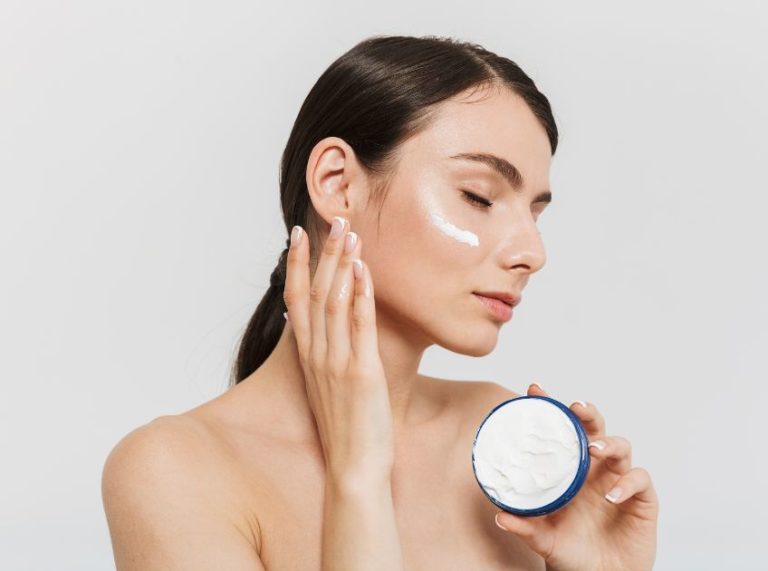
Important: This article is for informational purposes only. Please read our full disclaimer for more details.
Glycolic acid, one of those fancy AHAs (alpha hydroxy acids), is your friendly skincare buddy when it comes to exfoliating. This little marvel finds its home in tons of beauty products, lending a hand in making our skin tone even and smooth by breaking down dead skin cells and oil. As we dig into the question of whether a glycolic acid toner is good for folks with sensitive skin, it’s worth a look at the highs and lows for those with more delicate complexions.
Article Contains
Benefits of Glycolic Acid
Including glycolic acid in our beauty regime brings a treasure chest of perks:
- Exfoliation: This acid’s got a knack for kicking out dead skin cells, showcasing fresh skin underneath.
- Collagen Boost: Regular use can rev up the production of collagen, the stuff that keeps our skin firm and youthful.
- Acne Busting: It plays a role in tackling acne while reducing dark marks and getting a grip on wrinkles.
- Better Absorption: By clearing out the old, glycolic acid enhances the skin’s uptake of other products.
| Glycolic Acid Goodies | Details |
|---|---|
| Exfoliation | Sweeps away dead skin for a brighter glow |
| Collagen Boost | Aids in keeping skin firm and bouncy |
| Acne and Spot Treatment | Helps cut down breakouts and fade dark spots |
| Better Absorption | Boosts the effects of following skincare products |
If you’re new to this acid, maybe dabble with something mild around 8% to give your skin a chance to settle in. Choosing leave-on formulas with a pH akin to our skin can score us the best results (1).
Considerations for Sensitive Skin
There’s a flip side when it comes to using glycolic acid on more sensitive skin.
- Starts with Redness: Fresh users might see some redness or irritation. Slow and steady works best.
- Watch the Strength: Stronger isn’t always better. Gentle options let our skin ease into it.
- Test it Out: A patch test beforehand can give us a sneak peek of our skin’s reaction.
- Sunlight Sensitivity: Sun’s rays hit harder with glycolic acid, so slathering on some sunscreen is a must.
Tuning into how our skin reacts and adjusting accordingly is key. If redness lingers, maybe it’s time to explore other options or chat with a dermatologist. By getting the full scoop on glycolic acid’s perks and pitfalls, we can decide smartly about adding it to our beauty routine. Got more skincare curiosities? Check out insights on face creams versus face serums and face serums versus toners.
Incorporating Glycolic Acid in Skincare
Choosing the Right Glycolic Acid Products
When we’re diving into glycolic acid for our skincare, we’ve got tons of choices on the shelves. From cleansers to masks, toners to moisturizers, these goodies usually top out at around 10% glycolic acid. But hey, if you’re hardcore and really want to step it up, you can find the big guns—those 70% solutions—at a dermatologist’s office. Here’s a handy-dandy chart to help us figure out what might be best:
| Product Type | Typical Strength | Best For |
|---|---|---|
| Cleansers | Up to 10% | Daily clean-up and gentle scrub |
| Toners | Up to 10% | Prepping and balancing your face |
| Masks | Up to 10% | Intense scrubbing action |
| Moisturizers | Up to 10% | Smooth skin with a pinch of exfoliation |
| Professional Peels | Up to 70% | Peeling off all the old layers |
Picking the right one is like finding the perfect jeans—depends on what we need and what we want our skin to look like.
Tips for Safe and Effective Use
For glycolic acid to be our best friend and not a frenemy, here’s what we gotta do. Sunscreen is a must; think of it as wrapping ourselves up in a protective sun-cape. Because when we use glycolic acid, our skin can get a little sun-sensitive, and we don’t want any nasty burns or early wrinkles tagging along.
Also, let’s chat concentrations—stick to the lighter stuff unless a professional gives us the green light for the heavy-duty versions. Anything above 20% should be left to the experts; they know their stuff and keep our skin safe and sound. And those products shouting about being above 10%? Tread lightly—if they aren’t mixed right, they might as well do nada for our skin.
By picking the right glycolic acid items and following some smarts with sunscreen and concentration, we’re well on our way to smooth, glowing skin. Just a bit of care goes a long way to keep redness and irritation at bay!
















